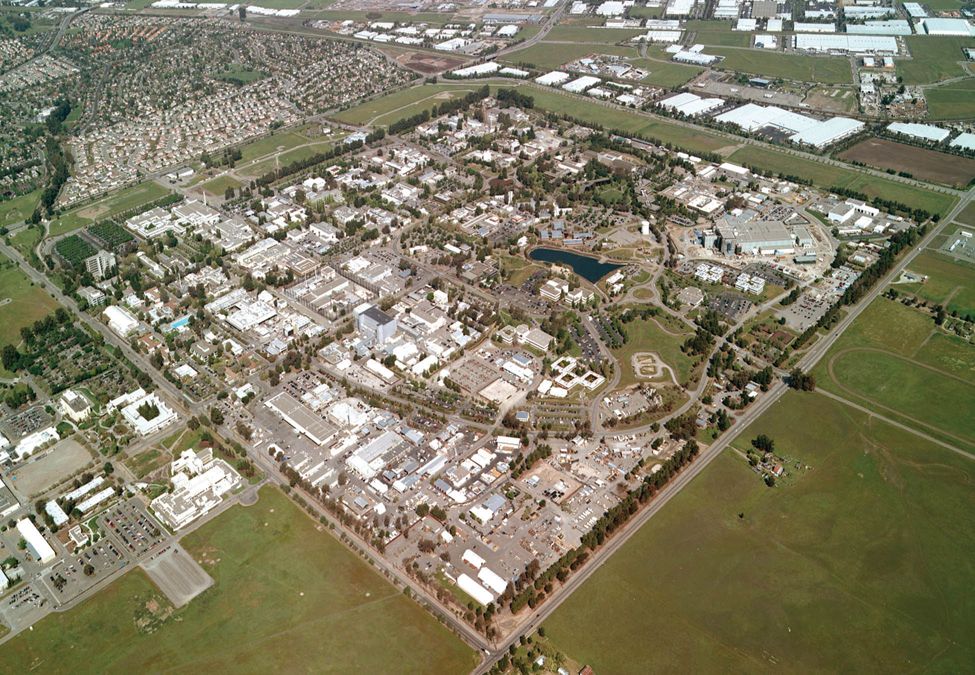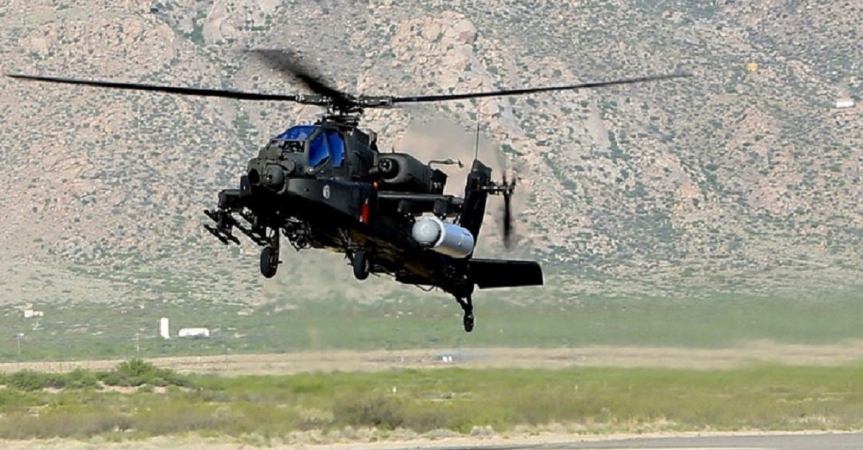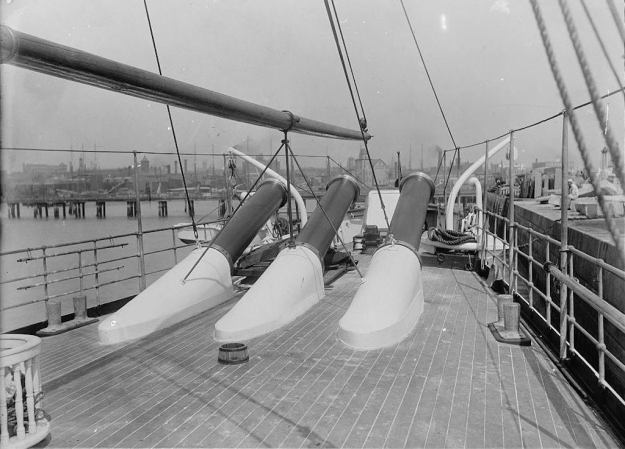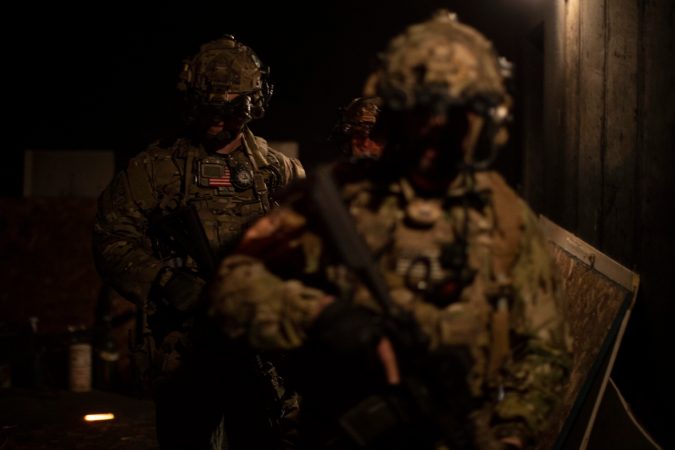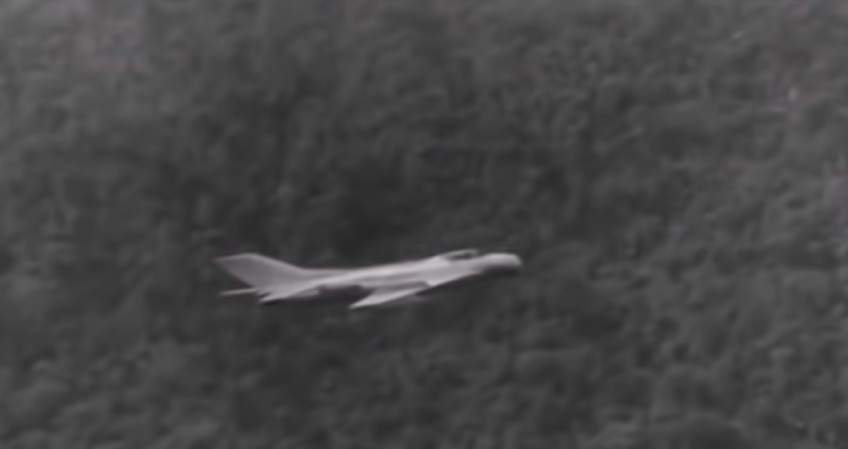Three decades ago, Air Force researchers briefed their plasma cannon research to audiences at scientific conferences. Excited internet denizens in the years since have speculated that the Air Force might have a secret, functioning plasma cannon.
It’s a fun dream. And if any branch would have a functioning science fiction weapon, it would be the Air Force (Sorry, Space Force). But, for reasons we’ll get into, that’s probably not the case.
What was the 1990s research for Project MARAUDER?
The most famous of the early research is probably the MARAUDER program. Cool name, cool subject. So of course, it became the exciting hook to hang all the other news from. The Air Force Weapons Laboratory sought to “convert stored electrostatic energy into plasma kinetic energy.”
As cool as MARAUDER sounds, magnetically accelerated rings to achieve ultra-high directed energy and radiation, it didn’t actually fire any plasma at first. Or, in the paper’s parlance, it didn’t “accelerate” the plasma. It created a toroid of energy, though. Basically, it formed plasma in the shape of a thin donut and left it to future research to actually get it traveling.
A 1993 follow-up did describe the acceleration of milligram-range compact toroids. So, small amounts of plasma getting fired from an actual energy weapon.
High five, y’all! We made a plasma cannon!
The Air Force (probably doesn’t) have a secret plasma cannon!
So the Air Force has a plasma cannon; we should stop teasing them, and Chinese ships are doomed when the X-Com attack comes against them?
Probably not. See, plasma is really hard to work with. Pulses of energy are used to form the toroid, to keep it strong, and to move it to a target. Each step requires high-precision timing and placement, but we just haven’t found a way to get enough energy built up to really hurt a target. Like, any target. Even a human one, let alone an enemy ship.
While Project MARAUDER fell off the grid, military research into energy weapons did not. And, a Popular Mechanics article detailing the history of plasma and other energy weapons details the fairly underwhelming results.
Plasma has advanced all the way to, well, potentially dazzling drivers or acting as a nonlethal crowd deterrent.
But lasers are still killing it
So, plasma is a letdown so far. But its close cousin in directed-energy weapons, the laser, is having a moment. The Army recently announced that its fielding its first laser platoon. Soldiers fire the weapon mounted on Stryker armored vehicles as a short-range air defense play.
The “Guardian” boasts a 50-kilowatt weapon that can down mortar rounds in flight at much lower cost than current solutions. As Ukraine battles back $20,000 drones that can kill fireteams or cause millions in damage, a laser that costs pennies or dollars to shoot could save American lives and protect strategic sites.


